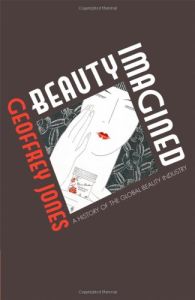
Beauty Imagined
A History of the Global Beauty Business
Recommendation
L’Oreal, Colgate, Oil of Olay, Clairol, Cover Girl and other popular beauty brands are so familiar that most consumers take them for granted. But this study of the origins and growth of the modern beauty industry is enthralling. Harvard Business School professor of history Geoffrey Jones traces the roots of the business, from the fragrances produced by French glove makers in the 18th century to today’s industry giants. He examines the various influences on the beauty market over the years and around the globe, including consumer preferences, economic and political upheavals, globalization, and varying beauty ideals. The book is comprehensive and well-illustrated, the product of Jones’s extensive research into historical archives and trade journals, and his interviews with company executives. getAbstract recommends this scholarly work as required reading for those in the industry and a top choice for all business history buffs.
Summary
About the Author
Geoffrey Jones, a professor of business history at Harvard Business School, also has taught at the London School of Economics. He is the author of several books on international business.







Comment on this summary